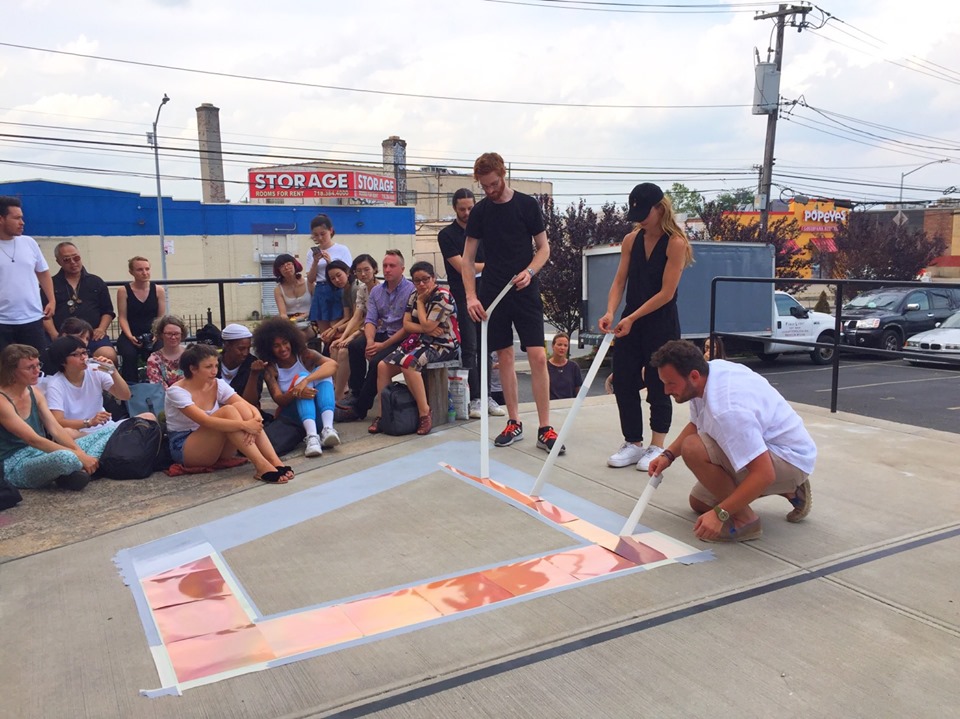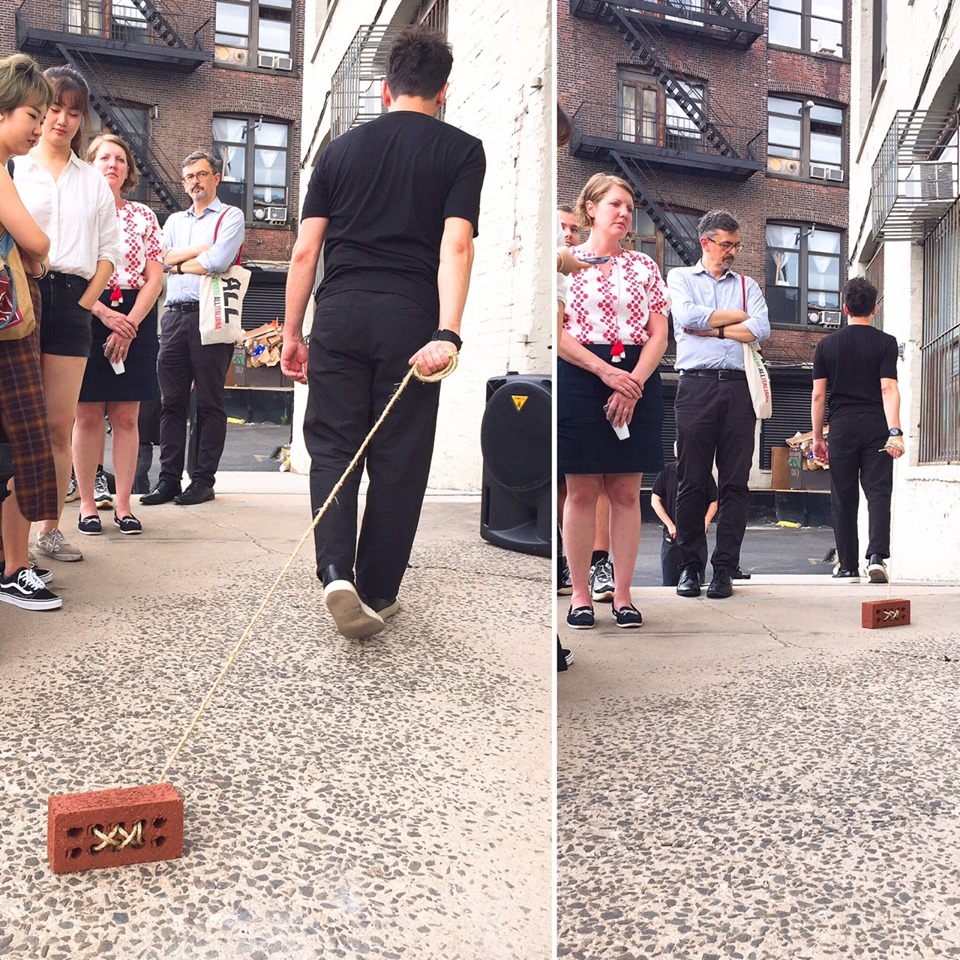Artists
Photo Credit: NIU Chun-Chiang
Hsiang Huang
Hsiang Huang
| Location | USA / New York, NY |
|---|---|
| Residency | International Studio & Curatorial Program (ISCP) |
| Year of the Grant | 2019 |
| Personal Website |
Hsiang Huang 's Personal Website
Hsiang Huang 's Personal Website |
Huang is dedicated to both art curation and education. She starts her career from the basic. She has served as exhibition executive officer then as the head of the exhibition team in the Museum of Contemporary Art, Taipei (MOCA, Taipei). Huang also has abundant experience in curating major international exhibitions, including representing Taiwan (R.O.C) to participate in the international art event organized by Alliance française de Paris in 2014; in charge of critical exhibitions, such as “Fly Me to the Moon” in 2018 and “In Limbo-Odd Nerdrum” in 2017 at Yu Hsiu Museum, and “again and after – Contemporary Art Exhibition” in Hsinchu, Taiwan.
Artist Statement:
In 2019, I went to the International Studio & Curatorial Program (ISCP) in Brooklyn, New York, for a five-month art residency. I expected to have practical discussions with international art workers and bring the experience back to Yu Hsiu Museum. Therefore, I set three goals for my residency: "Connections with artists," "Insightful conversation with curators," and "Dialogue with institution operating personnel."
I summarized my residency experiences at ISCP as follows:
1.Learning about the international art trends from other resident artists.
Thanks to the Open Studio events at ISCP, I have established good relationships with other resident artists. We talked not only about art but also their hometown and their views on contemporary art and Asia. By knowing the artists better, there are certain works that I considered taking into my future exhibition project.
I also interviewed two curators with ISCP's Visiting Art Critic. One is the former co-curator of the New York Film Festival's artists' film Aily Nash. She shared her experience of being a film curator in New York. Another one is David Platzker, who used to be a curator in MoMA's sketch and print department. He currently runs an independent bookstore that combines art exhibitions. We discussed the differences and dilemmas between being an institutional curator and an independent one.
2.Visiting major art institutions on-site and absorbing the advantages of the idea of operating my organization in Taiwan.
The director of ISCP often took resident artists to visit multiple art institutions. I especially paid attention to the audio guide service of the exhibitions, including the audio content, the way they record and edit it. In my opinion, an audio guide is like a theater performance, and it should be lively and enchanting. Visiting the organizations acquired me plenty of ideas for improving the audio guide in my museum.
3.Did good research on the artists I was interested in beforehand-Arranging meetings with artists after arrival and offering exhibition opportunities.
4.Attending important art fairs and participate in discussions of the current art issues.
Among the 5-months of residency, I went to three major art fairs in New York. It helped me to observe the development and global trend of the art environment overall. I also participated in lectures and talks on international issues at various universities in New York, which provided me with a diverse perspective of the world.
The 5-months residency at ISCP benefited me a lot. It allowed me to exchange opinions with different curators and organization personnel. From their experience, I could improve both my museum and my profession in art. However, it was not only art that I learned, but also interacting with the locals and living with a different pace of life were all very fascinating. Somehow, it brought new ideas to me and changed my way of thinking.

